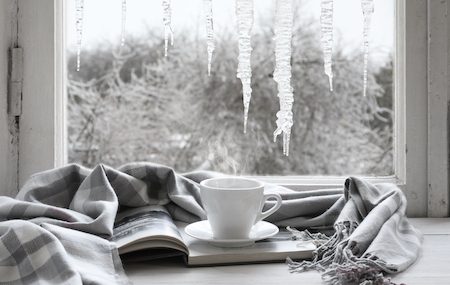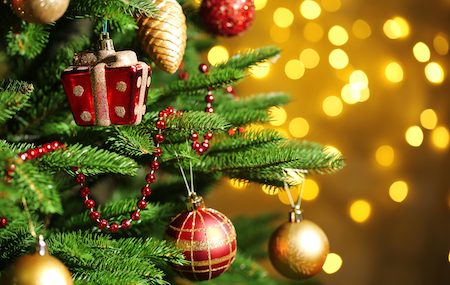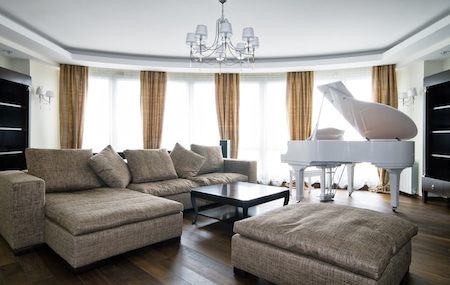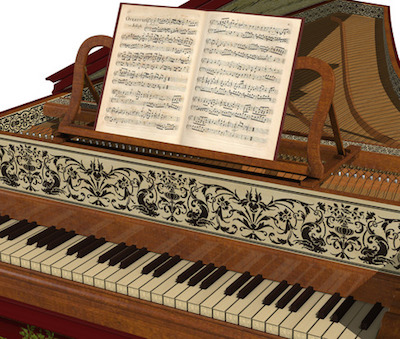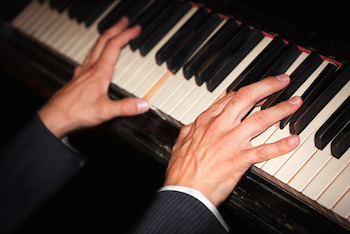Winter is a time for many things – skiing, ice skating, playing in the snow. The days grow colder and shorter, meaning you can spend more time at home snuggled under a blanket with a good book. Or gathering around the piano, and practicing your favorite songs.
While you might love the idea of slowing down and spending more time at home, the changing seasons can impact your piano in many ways. Pianos are a huge investment. Maintaining it is part of ownership, to ensure the craftsmanship is maintained throughout its life.
When winter sets in and the temperatures dip, changes occur both inside and outside your home. To avoid damage to the internal components, here are a few tips to keep in mind.
Create a constant humidity level
When the temperatures begin to drop, and you notice a chill inside, it’s only natural to turn up the heat and warm it up to a comfortable level. But with heat circulating throughout your home, it also makes the air drier in the process. Ever noticed you need a little more moisturizer in the winter? That’s because moisture slips from the air. While that dryness may leave you with a stuffy nose and cracked, dry hands, it can also dry out wood and cause piano strings to lose tension. Adding a humidifier to your home will ensure that moisture levels remain constant throughout the year.
Pay attention to where you place your piano
While humidity levels in your home matter for keeping the wood and strings in good shape, it isn’t the only thing that can dry your piano out. If you place your piano in the wrong place, it can be subjected to sunlight, heat sources, and other things that can damage it. Avoid placing your piano near:
- Open doors or windows where it receives constant bursts of cold air
- Near vents
- Near a heater
- Next to a humidifier
- In direct sunlight
Maintaining your piano throughout the year
Owning a piano means performing small maintenance tasks throughout the year to ensure a long life, and that it sounds great no matter when you sit down to play. That includes:
- Dusting the piano weekly
- Covering the keys
- Playing regularly
- Tuning your piano
- Making your piano a junk-free zone
- Keeping liquids away
With just a little work, your piano will be ready for winter, waiting for you to play more often, or gather around with friends for a few hours of fun.
Enjoy!
